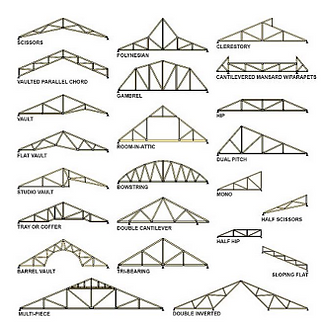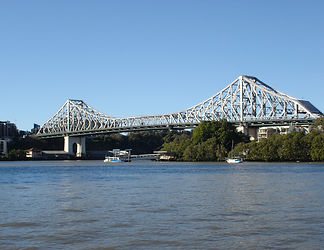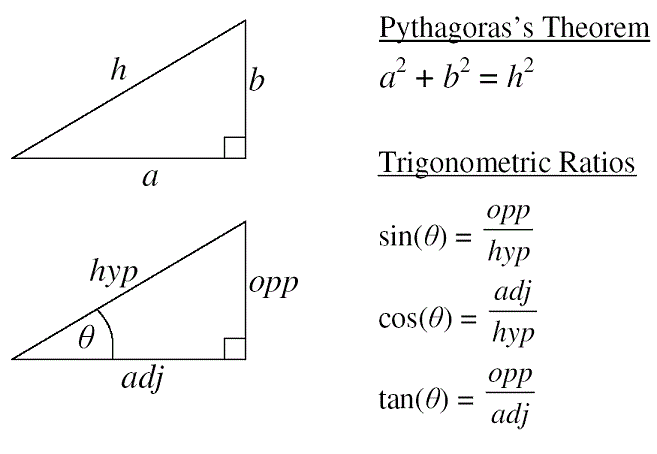top of page


Bridge Design and Building
A resource for Clifton State High School



The Strength of Shapes
The best shapes to use for structural uses like bridges, towers and buidings are triangles and arches. Look through the file below.
Task 1
Complete the following activity about triangles and squares.
Task 2
Shapes in architecture
Read the following document.
1. What are the main structural features that architects use when designing buildings?
2. Sketch an example of each one.
3. Can you think of a local example of any of them?
Task 3
Shapes in nature
1. Watch some of the following videos:
Triumph of the hexagon
Beehive shape
Beaver dam
Secret design rules of nature
Shapes of molecules
Crystal cave
Fractals in nature
Echinodermata shapes
Shapes of viruses
Structures of plants
Shapes of red blood cells in sugary water
Using 3-D printing to model grain packing strength
2. Make a list of all the places or things in nature where you might find geometric shapes. Hint: think about small and large scales.
Task 4
Tesselations are repeating patterns. Regular tessellations use identical regular polygons. The vertices of each polygon must coincide with the vertices of other polygons and there must be no gaps in the pattern.
1. Use the following to work out which shapes form regular tesselations.
http://nrich.maths.org/content/id/4832/polygons.swf
Semi-regular tessellations (or Archimedean tessellations) have two properties:
-
They are formed by two or more types of regular polygon, each with the same side length
-
Each vertex has the same pattern of polygons around it.
2. Use the link above to find two shapes that form a semi-regular tesselation.
3. Tesselations are found in nature and art. One famous artist who used tesselations was M. C. Escher. Have a look at some of his artwork.
bottom of page








